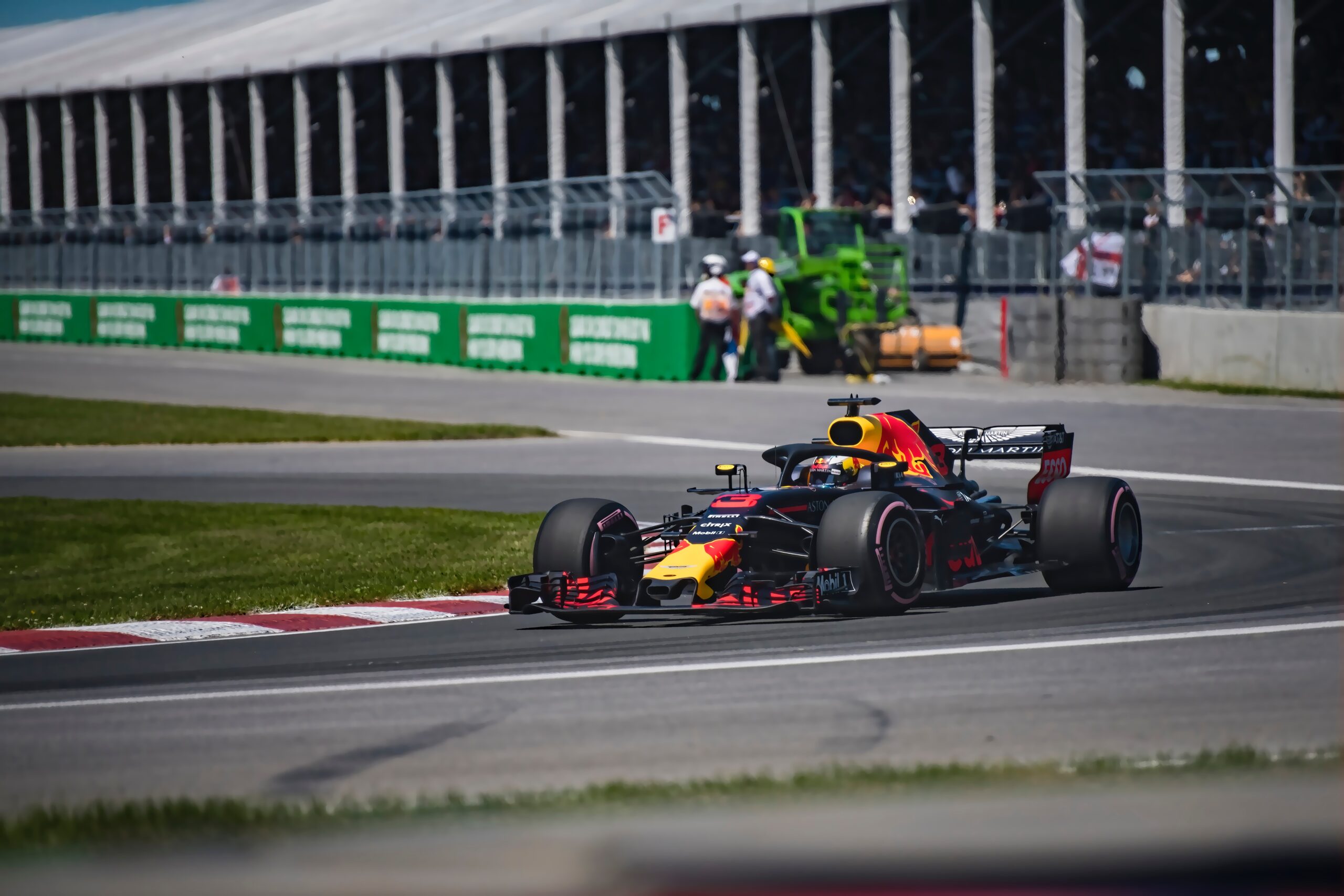Formula 1 is considered the pinnacle of motorsport. On the surface, it seems to be nothing more than a few fast cars going around in circles, but the knock on effects of the sport are unexpected.
Before we dive in, it helps to understand a bit about the sport. Formula 1 has 10 teams with 2 cars each, meaning a total of 20 drivers take part in the sport each year. The sole priority of the teams is to have the fastest car and they pour millions into research and development. These teams include brands like Mercedes, Ferrari, Red Bull, McLaren, and Renault to name a few. The sport is so competitive that a gap of 1 second per lap is considered unforgivably slow.
Of course, how the hell does this impact the cars on the road?
All the money spent on R&D is spent on technologies that eventually trickle down the chain to us consumers. That material that makes F1 cars lighter? It’s called carbon fibre and is used for literally every part of the car except the engine. It’s being used in road cars to make them lighter and more fuel efficient as a result.
Formula 1 also helps make cities as a whole greener. When an F1 car hits the brakes at 200mph, part of the kinetic energy lost by the car is converted into electricity and is used to help the car accelerate and use less fuel. This is being used in buses to make public transport that much more environmentally friendly.
While the sport may seem to be wasteful and glamorous (to the extent that Red Bull has a team solely to advertise their drink), the time and effort spent on shaving a few grams off the car’s weight or a few hundredths of a second off a lap has significant knock on effects. We just don’t see them
